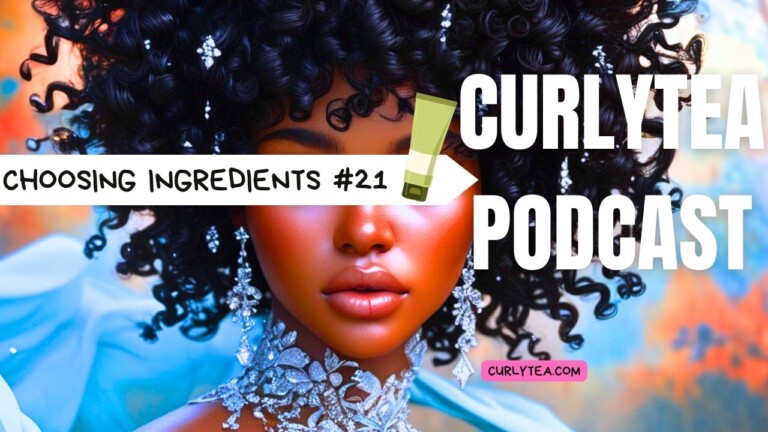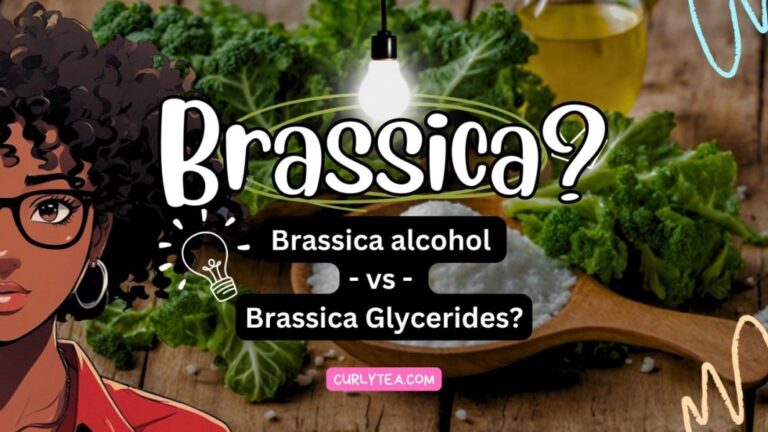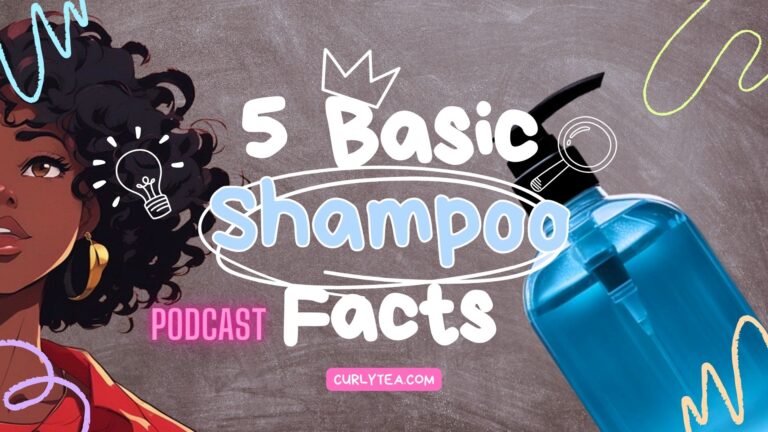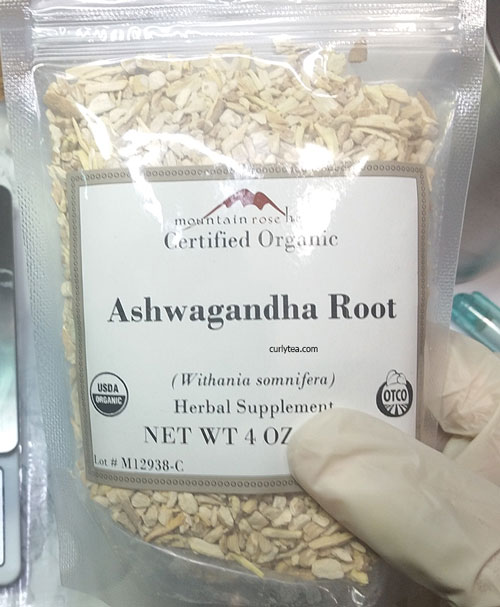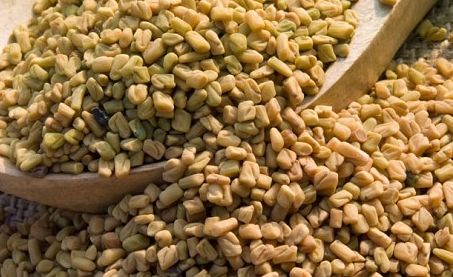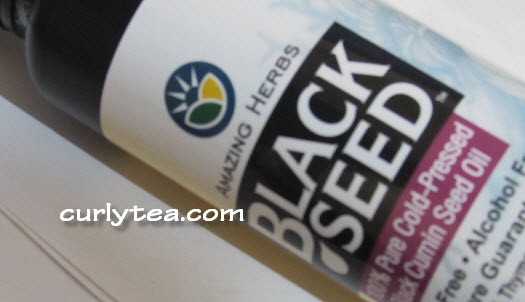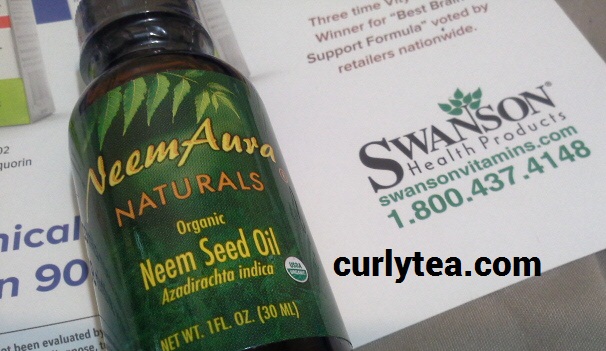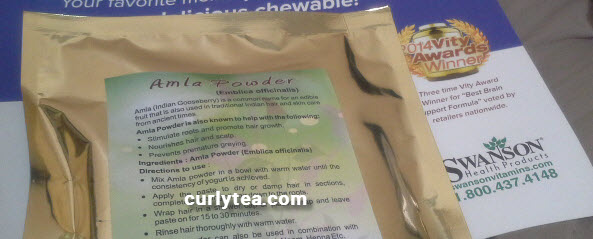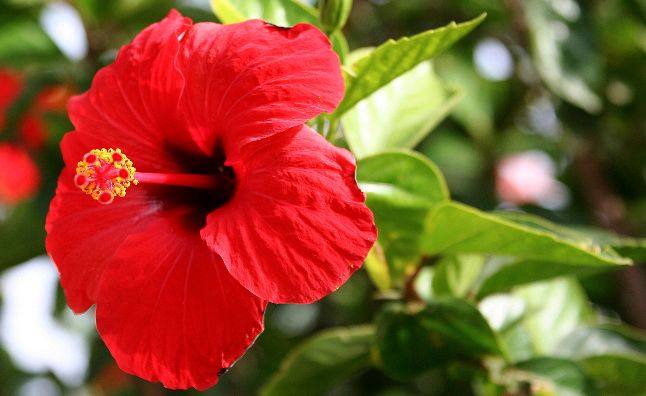
When some people hear/read ‘surfactant’, many tend to think of SLS (sodium lauryl sulfate) or some other ingredient, harsh or not, which cleans hair and skin.
However, surfactants aren’t just SLSs. SURFace ACTive AgeNTS, or surfactants, seem omnipresent once you get down to looking at the ingredients of your off the shelf products.
Surfactants are used to decrease surface tension, to clean, to create transparent emulsions, to create foam, to blend oils with waters, to degrease, and to condition.
Some surfactants even have antimicrobial properties which allow them to be used to help with the preservation of your concoctions.
Chemistcorner.com has an awesome writeup of surfactants. But to shorthand it, surfactants do a number of things depending on which one(s) you use. (1)
At some wholesaler’s websites, under the Surfactants category you’d see ingredients like “Cocoamidopropyl Betaine” (cleanser/shampoo) or “Polysorbate 80” (solubilizer/emulsifier).
However, did you know that ingredients like fatty alcohols cetyl alcohol and stearyl alcohol can technically be categorized as surfactants?
Cetyl alcohol is a nonionic surfactant and its molecules are too large to be good for shampooing, though, (2) while Stearyl alcohol is a nonionic surfactant used to help coat the hair and soften hair and skin. Both are also used as thickeners in creams and lotions.
You know how prevalent cetyl alcohol is, right? Often you’ll see kitchen gurus using it along with BTMS to make their own conditioners (shout out to arcamp83 and ‘nem @ youtube!)
Surfactants change the way you typically think about when you think ’emulsion’ as well.
[junkie-alert style=”yellow”] NOTE: An emulsion is a blend of oils and waters with ingredients that help them stay together. [/junkie-alert]
Solubilizing surfactants allow you to create emulsions that are transparent (clear) even when you add fragrance and oils into them. The molecules that create particles so small that light can pass through them are all thanks to surfactants which have solubilizing properties. As mentioned above, Polysorbate 80 is an example.
Conditioning surfactants like Centrimonium Chloride are showing up in many natural hair products. If you use Carol’s Daughter products, you should be familiar with centrimonium chloride.
Stearalkonium chloride is also a well known cationic (positively charged) emulsifier which is not only a surfactant, but is also an extremely effective conditioner.
So yes, surfactants are many, many things which help to improve the feel and quality of your concoctions. Don’t just think ‘harsh cleanser’ when you think ‘surfactant’.
(1) http://chemistscorner.com/cosmetic-surfactants-part-1/
(2) http://www.thenaturalhavenbloom.com/2011/01/ingredients-dictionary-cetyl-alcohol.html
 CURLYTEA
CURLYTEA


